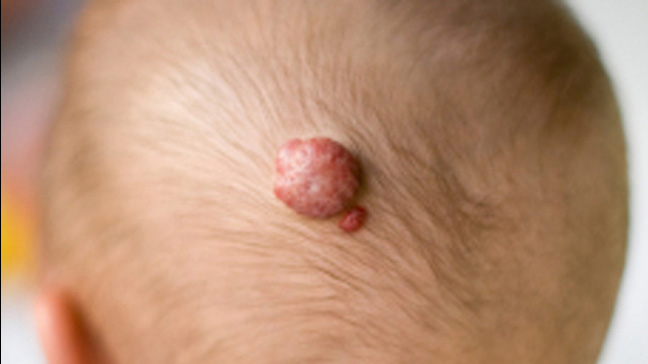Medicare covers services and items that are medically necessary to treat or diagnose a medical condition. Medicare accepts the majority of claims sent its way. However, when claims are miscoded or don’t prove medical necessity, Medicare may deny them. Therefore, Medicare may cover a particular service, but if the claim isn’t coded correctly, you may have to appeal the decision or refile the claim with the correct codes.
Medicare does cover services and items to treat or diagnose skin disorders. You’ll want to make sure you only get services that your doctor can prove are medically necessary, though. There are a few services related to skin disorders that Medicare may or may not cover.
Medicare Part B services for skin disorders
Some of the most common skin disorders among seniors are shingles, skin cancer, and fungal infections. If you have or suspect you have one of these skin disorders, you may find a dermatologist helpful. Medicare covers dermatologist visits and services, but again, only services proven to be medically necessary to treat or diagnose a medical condition.
Medicare Part B provides your outpatient medical benefits. Part B covers services like doctor appointments, lab work, diagnostic testing, and durable medical equipment. Therefore, if you go to the dermatologist, Part B will dictate your coverage.
For example, if you go to the dermatologist for a skin lesion biopsy, Medicare will cover it because it’s a medically necessary service. However, Medicare will not cover a full-body scan when there is no suspicion of a medical condition.
Fungal infections most often occur on the feet and toenails. Medicare will cover medically necessary services provided at a podiatrist’s office to treat or diagnose a fungal infection but will not cover routine foot care. Examples of routine foot care include removing calluses or corns and trimming toenails. However, if you have an actual medical condition of the foot, and the claim is coded as medically necessary, Medicare will cover your podiatrist care.
Medicare Part B costs
If Medicare approves your claim, Medicare Part B will cover 80% of the Medicare-approved rate for the service. For example, if your doctor bills Medicare $500 for a service, but the Medicare-approved rate for that particular service is $400, Medicare will cover 80% of $400, not $500.
You are then responsible for 20% of the Medicare-approved rate. However, if your doctor doesn’t accept Medicare assignment, you may also be responsible for up to 15% of the Medicare-approved rate on top of the 20% you already owe. You’ll also owe the Part B deductible if you haven’t met it that year.
Medicare Part D benefits for skin disorders
Many skin disorders require prescription medication to treat, such as oral medications and ointments. Medicare Part D covers many prescription medications that may be needed to treat a skin disorder. However, coverage varies from plan to plan.
For example, Picato, a topical treatment for actinic keratosis, is covered by 79% of Part D plans, according to GoodRx. However, some medications may be covered by all Part D plans in your area, such as the antifungal pill, itraconazole, or the topical chemotherapy drug, fluorouracil.
Though all plans may cover a specific drug, the costs for that drug will vary by plan. Medicare Part D plans categorize their covered medications by tiers. For example, itraconazole may be a tier 1 preferred generic on one Part D plan with a $5 copay, but a tier 2 generic on another Part D plan with a $15 copay.
Like Medicare Part B, Part D plans may also have an annual deductible. If your plan applies the deductible to all tiers of drugs and you haven’t met your deductible for the year, you’ll owe the full retail cost at the pharmacy. After the deductible has been met, you’ll start paying the specified copay or coinsurance for that drug.
You should compare Part D plans during the Annual Election Period every year and always enroll in the most cost-effective plan for your current medications.
Shingles vaccines and Medicare
Shingles is caused when the chickenpox virus reappears later, usually when you’re a senior. Doctors recommend people age 50 and over get the shingles vaccine to prevent a shingles outbreak. Medicare Part B covers certain vaccines, while Part D covers others, including the shingles vaccine.
All Part D plans are required to cover the shingles vaccine. But again, if you haven’t met your Part D plan’s deductible, you may have to pay full price for your vaccine. Because the vaccine can be around $150 per injection, it’s recommended you get your vaccine before starting Medicare while still on employer coverage, or you wait to get it until after your Part D plan’s deductible has been met.
As you can see, Medicare may cover many services related to skin disorders. However, the key to coverage is whether those services are deemed medically necessary or not. If you’re unsure whether Medicare will cover a skin disorder service or not, talk with your doctor to see what experience they have with getting Medicare to cover it.



